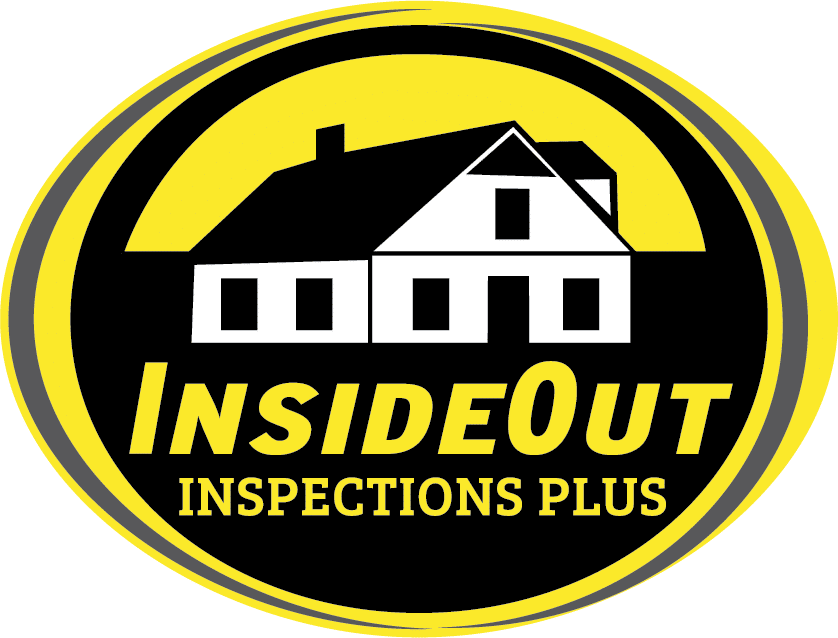Buying a home is one of the biggest financial decisions you’ll ever make. It’s exciting, but it can also catch you off guard…every day. Most people save for the down payment, but that’s only one part of the full cost of buying a house.
Closing fees, inspections, moving, early repairs, and utility setups can all add up fast. According to Zillow, the average new homeowner spends about $6,000 on surprise expenses in the first year.
That’s money many buyers didn’t realize they needed. Here’s what we wish they’d known.
Step One: Build a Budget
Just because a bank says you can borrow a certain amount doesn’t mean you should. Instead of looking at the top of your approval range, ask yourself this:
What monthly payment would still feel safe if something went wrong, like a job change or a big repair?
That number is your true budget.
It also helps to understand the full range of upfront costs. Here’s what most buyers can expect:
| Expense | Typical Range |
|---|---|
| Down payment | 2% to 5% of the purchase price |
| Closing costs | 2% to 5% of purchase price |
| Home inspection | $300 to $500 |
| Appraisal | $300 to $600 |
| Moving expenses | $1,000 or more |
| Utilities, insurance, repairs | Varies by home and location |
These expenses are real, and they often show up quickly. Planning for them now can save you a lot of stress later.
How to Save Without Skipping What Matters
When you’re trying to save money during the buying process, it’s tempting to cut corners. But skipping things like the home inspection might cost you much more in the long run.

Here’s a better approach:
Compare lenders. Rates can vary, and even a small drop in your interest rate can save thousands over the life of the loan.
Shop during the off-season. Fewer buyers in winter means less competition and often better deals.
Negotiate with the seller. If an inspection turns up issues, ask the seller to make repairs or offer a credit.
An inspection might cost $400, but it could uncover a $4,000 roof problem you’d rather not inherit. Don’t treat it like an extra! It’s part of a smart purchase.
Daily Habits That Can Grow Your Savings Faster
You don’t need a side hustle or big windfall to save up. Small changes, done consistently, can go a long way. Try starting with these:
Automate your savings.
Schedule a recurring transfer to a savings account each payday. If you don’t see it, you won’t spend it.
Limit extra spending.
Pick one week a month where you don’t buy anything outside your essentials. This can help you reset and refocus.
Cut back on dining out.
Cooking at home a few more nights per week can save over $3,000 a year, according to the Bureau of Labor Statistics.
Saving just $500 a month adds up to $6,000 in a year. That’s enough to cover inspections, moving expenses, and part of your down payment.
What Happens After You Close?
Buying the home is just the beginning. Maintenance, repairs, and upgrades come next, whether your home is brand new or not.
According to Bankrate, more than 60% of homeowners regret not budgeting enough for upkeep. It’s easy to see why. In the first year, many homeowners face things like:
- HVAC servicing or repairs
- Water heater replacements
- Roof patching or gutter work
- Leaky sinks or clogged drains
- Lawn equipment or landscaping needs
To stay ahead, aim to set aside about 1% of your home’s value each year for general maintenance. For a $250,000 home, that’s $2,500.
Maintenance You Don’t Want to Skip
A home might look perfect during your walk-through, but that doesn’t mean it’s trouble-free. Weather, wear and tear, and time all take a toll.
Here are smart maintenance tasks to put on your radar early:
- Schedule a full home inspection every few years, even after you buy
- Get roof and gutter checks done seasonally, especially before winter
- Look for plumbing leaks or drainage issues before they cause damage
- Get HVAC systems serviced before peak seasons
- Check the attic or crawlspace for moisture or mold signs
Being proactive helps prevent bigger, more expensive problems later.
When It’s Time to Bring in a Pro
There are some things that YouTube just can’t teach. If you’re unsure about something in the home, calling a licensed inspector is the best move.
You’ll definitely want to schedule an inspection if:
- You’re buying a fixer-upper or foreclosure
- The home has been vacant for a while
- You spot water stains, strange smells, or cracks in the walls
- You want peace of mind before finalizing the deal
An inspection helps you understand what you’re really buying. It also gives you leverage to negotiate repairs or walk away before you’re locked in.
Final Thoughts
Learning how to save money for a house means thinking beyond just the down payment. The more prepared you are for what comes next, the less likely you’ll be hit with costly surprises after you move in.
Want help making sure your future home is safe, sound, and worth every penny?
Schedule a professional inspection with Inside & Out Inspections Plus.
We’ll give you a clear picture of what you’re walking into so your savings stay where they belong.


